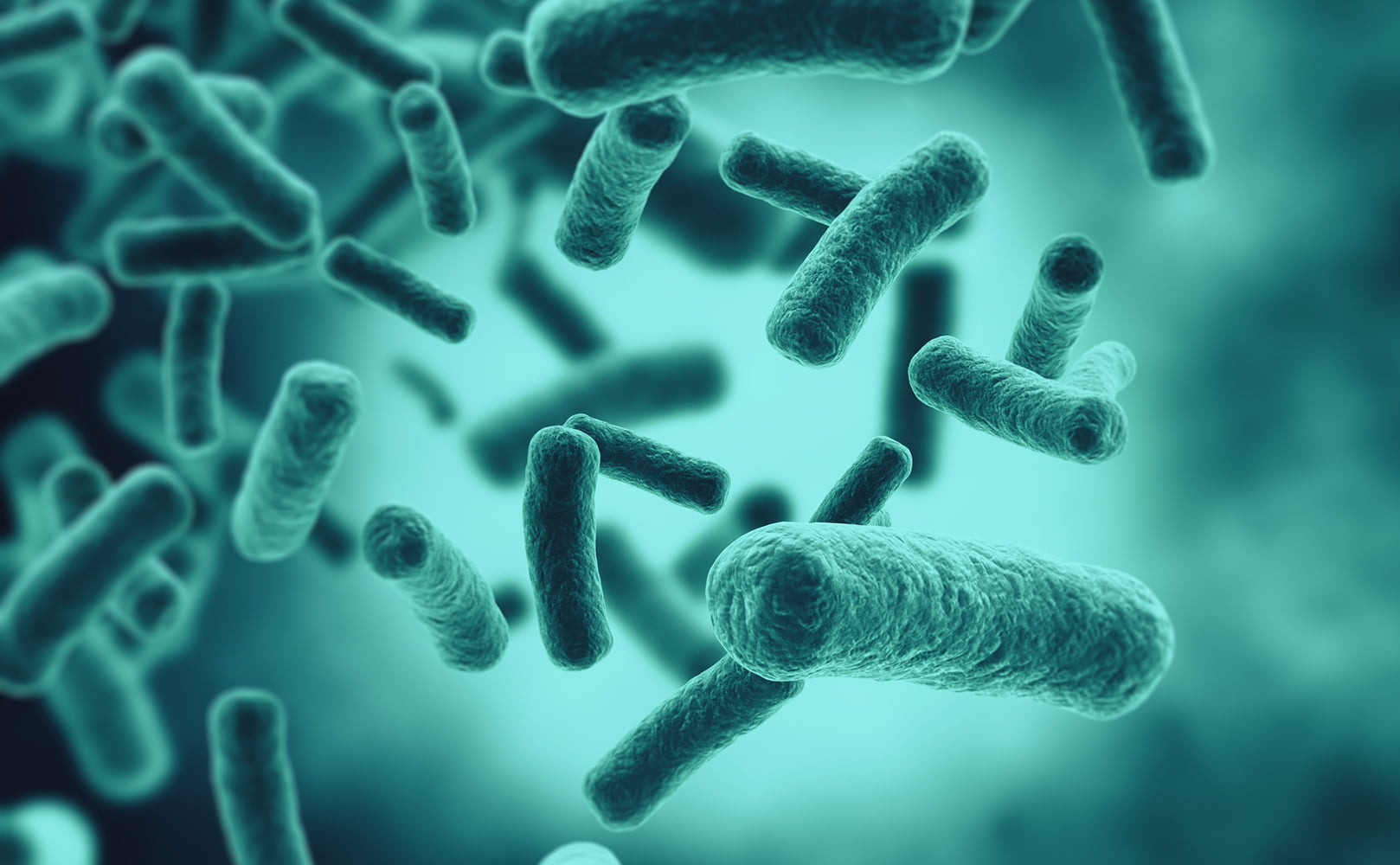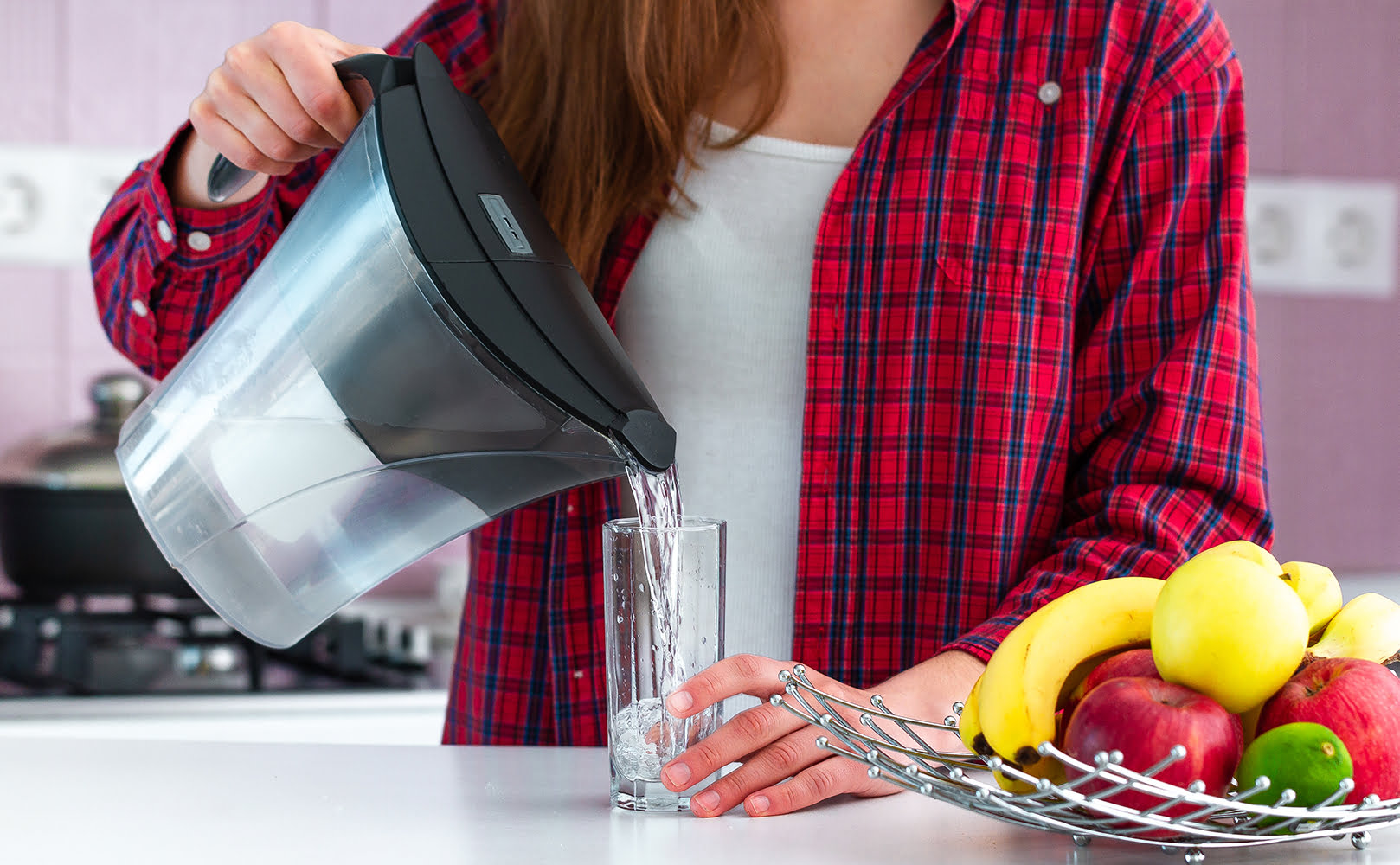How Does Water Pollution Affect Humans (+ What Can You Do)?
Written by: Gene Fitzgerald // Last Updated: May 31, 2023
This page may contain affiliate links. If you buy a product or service through such a link we earn a commission at no extra cost to you. Learn more.
Water pollution can affect us in lots of different ways and on so many levels.
There is groundwater pollution for example that impacts water quality for residents receiving their water from a private well. Then there is ocean pollution that is unsightly – think littering – and contaminates food chains so that pesticides, heavy metals and other harmful contaminants that found their way into the sea will eventually end up on our dinner plates in form of sushi.
This article is about the many faces of water pollution, the effects it has on us as human beings, and the most effective water filtering solutions.
What Is Water Pollution?
“Water pollution occurs when harmful substances (…) contaminate a stream, river, lake, ocean, aquifer, or (an)other body of water, degrading water quality and rendering it toxic to humans or the environment.” (Source)
This does not mean, however, that the pollution of a water body is always man-made, although it usually is a result of human activity.
Natural changes in water quality might occur due to
- Volcanic activity
- Algae blooms in hot weather
- Storms
- Earthquakes
On the other hand we have human-induced water pollution which can be categorized in:
- Groundwater Pollution – This type of contamination happens when pollutants released into the soil leach into an aquifer. An aquifer is an underground water storehouse so to speak. Its contamination may render an aquifer unusable. The big problem with this is that not only is groundwater the only freshwater source for many people living in rural areas, groundwater also provides 43% of the water used for irrigation in the United States. In other words, chemicals and other harmful substances will likely spread and contaminate other areas of our lives, too.
- Surface Water Pollution – Lakes, rivers, ponds, wetlands and of course our oceans are different kinds of surface water bodies. The bad news is that 46% of U.S. rivers and streams are in poor condition, according to an EPA assessment from 2008-2009. The biggest issue are elevated phosphorus and nitrogen levels causing algae blooms that lead to oxygen depletion. And it’s the same with our lakes: More than one-third contain excessive levels of phosphorus and nitrogen affecting wildlife as well as public health. Where does all the phosphorus and nitrogen come from? It’s agricultural runoff. Of course, industrial and municipal waste also contribute to the ongoing pollution of our surface waters. What makes the situation even worse is that in many cases groundwater and surface water feed off one another. The pollution of one entity almost always leads to the pollution of the other.
- Marine Pollution – We’ve all seen pictures of a sea turtle caught in plastic. However, larger debris is only one part of the equation. Ocean pollution that we can’t see with our naked eye is presumably much more serious. Also, what you have to know is that most pollutants come from land. Heavy metals and chemicals for example are carried by our waterways from farms and industrial plants into estuaries and later out to sea.
- Point Source vs. Non-Point Source Pollution – We can also differentiate between point source and non-point source pollution. As the name suggests, the former originates from a single source such as an oil spill. The latter has more diffuse causes like stormwater runoff where it’s impossible to identify a single culprit which makes regulation much harder.
How Water Pollution Affects Us As Human Beings
How does water pollution affect us as human beings?
First and foremost, it can have a negative impact on our health, obviously. Apart from that, it may cause revulsion – who wants to swim in water full of plastic?
The first aspect is much more severe which is why we are going to discuss it in a bit more detail.
Health Effects
Drinking water alone is estimated to cause 502,000 diarrheal deaths each year. By the way, this does not include mortalities due to other diseases triggered by contaminated drinking water and all types of water in general.
And let’s not forget that polluted water does not have to kill you. Schistosomiasis is a disease caused by waterborne parasites that currently ail almost 240 million people worldwide. To get infested, direct skin contact with contaminated water is all it takes.
Other waterborne pathogens can originate from human and animal waste spreading diseases such as cholera. This not only affects developing countries, but thousands of Americans that come down with Legionnaires’ disease each year.
In addition, many more contaminants that are capable of making you ill have found their way into our supply systems in the past decades. One prominent example for this is the lead crisis in Flint, Michigan which we’ve covered in great depth in our lead water filter guide here. Although there really is no safe level for lead in drinking water, it is being served to hundreds of thousands of U.S. residents each year leading to intellectual impairment in our children.
Another very common chemical pollutant is chlorine used for disinfection. Chlorine itself can not only cause skin rashes and respiratory problems when inhaled in the shower. When reacting with biological waste it forms disinfection byproducts that are associated with an increased risk of cancer and problems during pregnancy.
And there are many more ways how polluted water can compromise our health.
What Can You Do?
There are a couple of measures that you can take to
- Protect your family from the health risks posed by contaminated water sources.
- Lower your pollution footprint to help tackle the problem at hand head on.
1. Protecting Your Health
What you can do as a health protective measure is filter the water in your home, whether you are on a well or receive tap water doesn’t really matter. Now this is easier said than done which is why we have dedicated a whole website to this topic.
It all starts with filtering the water that you use for drinking and cooking.
In cases of severe contamination, reverse osmosis and distillation are your best friends. Both technologies provide the cleanest H2O possible with almost 100% purity. However, the purified water will be deprived of all healthy minerals so consider remineralizing your water before consumption.
Regular carbon filtration used by pitcher filters, countertop & under sink systems and faucet mounted units is great for removing chemicals. Earlier on we mentioned chlorine as a water disinfectant that you can eliminate this way. (If you want to learn more about chlorine reduction in tap water or would like to browse a list of top chlorine filters, read this guide.)
What do you do if you want access to filtered water at every outlet in your home? In this case, a whole house water filter system is exactly what you need. It will filter all the water before it gets distributed to your bathrooms and kitchen etc.
This allows you to drink straight from every tap and at the same time enjoy contaminant-free showers.
On a side note, clean water in your entire house will also improve indoor air quality as it prevents volatile substances to evaporate. Another benefit is that some whole home filters can reduce water hardness and thereby increase the lifespan of your home appliances (but that’s for another post).
The downside to whole house water filters are high cost, meaning a high price tag plus expenses for installation if you are not handy with tools and require professional help.
If you want you can check out our whole house water filter toplist.
Also, the following table provides an overview of the different types of filters and their uses:
| Type | Attribute | Cost |
|---|---|---|
| Reverse Osmosis Systems | Highest Water Purity | $$ – $$$ |
| Distillers | Highest Water Purity | $$ – $$$ |
| Filter Pitchers | Only Basic Treatment | $ |
| Countertop/Under Sink Units | Water Safe for Drinking | $$ |
| Faucet Mounted Filters | Only Basic Treatment | $ |
| Whole House Filter Systems | Filtered Water At Every Outlet | $$$$$ |
| Shower Filters | Clean Shower Water | $ |
2. Lowering Your Pollution Footprint
In order to lower your pollution footprint, the first thing you should do is reduce the amount of plastics that you use. Also, reuse and recycle whenever possible. Speaking of water, plastic bottles are one of the worst inventions ever – please stay as far away from them as you can.
What you should also do is dispose of cleaning agents and other hazardous chemicals properly. And in your garden, try to avoid the use of fertilizers, herbicides and the like.
If you have a sewage system, make sure that it functions as intended and remember that paint, thinners and solvents have no place in there.
Conclusion
Groundwater pollution, surface water pollution, ocean pollution – the way we treat our water sources has to change now, before we pass the point of no return. Otherwise, we won’t be able to live on our planet for much longer.
Considering the severe effects that contaminated water can have on our health, make sure to protect yourself by using one of the treatment solutions listed above if need be.
Questions? Don’t hesitate to ask – just leave a comment below!
Information provided on BOS is for educational purposes only. The products and services we review may not be right for your individual circumstances.
We adhere to strict editorial guidelines. Rest assured, the opinions expressed have not been provided, reviewed, or otherwise endorsed by our partners – they are unbiased, independent, and the author’s alone. Our licensed experts fact-check all content for accuracy. It is accurate as of the date posted and to the best of our knowledge.



